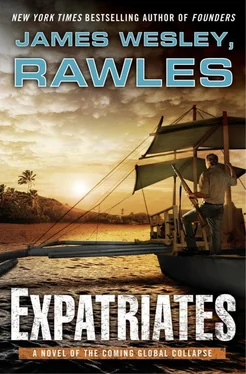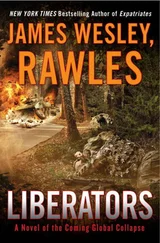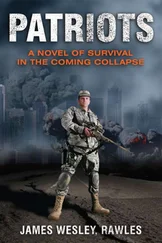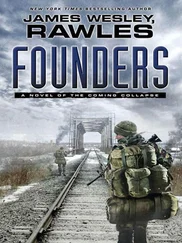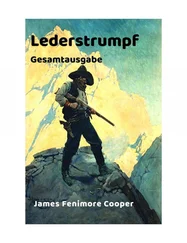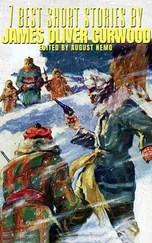The Indonesian general staff set the following targeting priority for the PKKs:
1. All surviving RAAF aircraft
2. Civilian communications infrastructure
3. Military communications infrastructure
4. Civilian and military air defense and ATC radars
5. Power generation and distribution infrastructure
6. Intelligence gathering and analysis centers
Facing the 350,000 Indonesian and Malaysian invaders, the Australian Army had just 25,000 Regulars in the country, and between 55,000 and 170,000 Reserves—depending on whether or not the Standby Reserves were counted. Many of these men had not had any military duty for twenty-five years. As the Crunch set in, the Australian soldiers deployed for Operation Slipper became stranded in Afghanistan. And since the deployment had gone “up-tempo,” its numbers had surged from 1,500 to 5,000 men just before the Crunch.
The original Indonesian invasion plan had included seizing the huge Kwinana refinery near Perth. But that part of the plan was later discarded after the manpower required to depopulate and control the Perth region was studied in detail. The final plan—Plan Capricorn—sought to control all of the territory and oil assets north of the 24th parallel, and carry out a “depopulation and denial” terror campaign south of the 24th parallel. The long-term goal of the invasion was to terrorize Australia into permanently ceding all of the land north of the 24th parallel to Indonesia. They reasoned that since the vast majority of the Australian population already lived south of the 24th parallel, the Australians could be bullied into submission.
For more than a decade, Indonesia had been developing its own drone aircraft. The main UAV program was development of the Wulung, a 264-pound drone with a twenty-foot wingspan and a T-tail. It had a four-hour flight endurance and a cruising speed of sixty-nine miles per hour. The data link limited it to operating only within forty-five miles of its ground controller. Crude by the standards of developed nations, the Wulung had a very noisy engine and simple avionics, but it still provided fairly useful tactical imagery. The Wulung had gone into mass production in 2014, but most of them were destined to service in foreign militaries.
The Wulung UAVs were difficult to spot and shoot down. Only one was downed by ground fire, but two of them were downed by CAAAF pilots, who discovered that the unarmed UAVs could be approached from behind by a light plane that slowed to near stall speed. Closing on the UAVs slowly, their fragile tails could be quickly chewed off by just a touch of an airplane propeller. Tailless, the UAVs were sent spinning out of control.
The Australian Army had its own UAVs, the larger and slower but more sophisticated RQ-7B Shadow 200 drones. Since the Wulung had a single tail boom and a T-tail, and the Shadow had a twin tail boom and an inverted V-tail, there was little risk of misidentification. The Aerial Threat Briefings given to all ADF units and even the ABC television news shows about the invasion emphasized this key difference in their designs.
The American-made Shadow UAVs weighed 458 pounds and had a sixteen-foot wingspan. They had up to nine-hour flight endurance. The Australian Army, however, had only seventeen of them at the onset of the Crunch, and nine of those were deployed in Afghanistan, and hence left out of the equation. Then, on the night of the synchronized Indonesian attacks, four of their Shadow UAVs were destroyed on the ground by thermite charges. The four remaining Shadows were used quite effectively and none of them were lost to ground fire or Indonesian fighter planes. The problem was that there were simply too few Shadows available. The expansive distances of the Northern Territory also limited their effectiveness. The Shadows worked well in Papua New Guinea and in Afghanistan, but in Australia’s Top End, the flying distances were so great that the UAVs were either completely out of range or so close to their maximum range that they had hardly any loiter time before they had to return to their airfields.
The drone war was just one small piece of the parrying that took place between the Indos and the Australians. Both sides, like chess players, were waiting for their enemy to make a decisive move.
“Of course most people underestimate the warrior characteristics of the Anglo-Saxon and Norman peoples anyway. It takes a heap of piety to keep a Viking from wanting to go sack a city.”
—Jerry Pournelle, in a reply to reader e-mail, in
Chaos Manor Mail 141, February 19-25, 2001
Jabiru, Northern Territory, Australia—February, the Third Year
Quentin Whittle was typical of the solo Stay Behinds in the Northern Territory. He had military experience and few family connections. A self-proclaimed “spitting chips mad bogan,” Whittle was a former bush logger and commercial hunter. He was forty-three years old and divorced, with no children.
When he was in his early twenties, Quentin had served just two years in the Australian Army as an infantryman before a trailer hitch accident crippled his left hand—leaving him with only one finger and very limited strength in his thumb. Although the army would have allowed him to continue with active service if he transferred to a support branch, he opted to take a disability “early out.” He eventually settled into a job as a truck driver and log loader operator with Kasun Logging headquartered in Rapid Creek, a suburb north of Darwin.
After the Crunch curtailed most logging, Quentin took up commercial hunting. His hunting territory ranged mostly east into the Garig Gunak Barlu National Park where he mainly went after feral pigs, feral banteng cattle, feral sambar deer, and magpie geese. He sold or bartered all of the meat that wasn’t necessary for him to survive and drove a battered old Toyota HJ75 trayback ute that was equipped with a pivoting hoist and electric winch for lifting the heavier animal carcasses.
Quentin was one-eighth aboriginal by the blood of his great-grandmother Polly, but his fair skin and light brown hair didn’t show it. His status as an “octoroon” gave him aboriginal hunting and fishing privileges under the Territory Parks and Wildlife Conservation Act 1976 and the Cobourg Peninsula Aboriginal Land and Sanctuary Act of 1981. He was occasionally confronted by the Parks and Wildlife Commission of the Northern Territory Rangers. When showing the Aboriginal Land Council hunting permit and the Aboriginal Status Declaration documentation that he always carried in his wallet, he would often play it up, putting on a heavy aboriginal accent. “Why you blokes always harassing us hard-yakka black fellas, uh?” This infuriated the park officials since his status made him immune from enforcement of most of the game laws, and even from the requirement to purchase any hunting permits under the most recent legislation.
Whittle’s small and nondescript rented house outside of Jabiru, about 150 miles east of Darwin, was notable only for having three chest freezers filled with frozen meat, and rawhides dominating the living room. His next-door neighbor was a full-blooded aboriginal named Sam who made his living catching and drying freshwater barramundi. When the Indonesian invasion started to look imminent, Quentin gave Sam two of his three freezers. With Sam’s help, they loaded the third freezer into Quentin’s ute bed. Towing a trailer containing only the most valuable and useful items from his other household goods, Quentin drove to Rapid Creek. Among his other gear was a duffel bag of military field gear that he had stolen several years before from a fellow army private in retribution for a barracks prank that went too far.
Читать дальше
